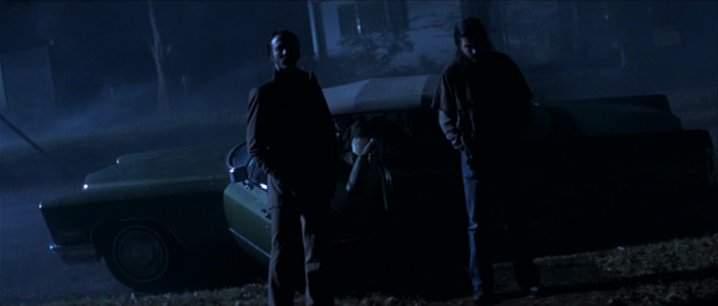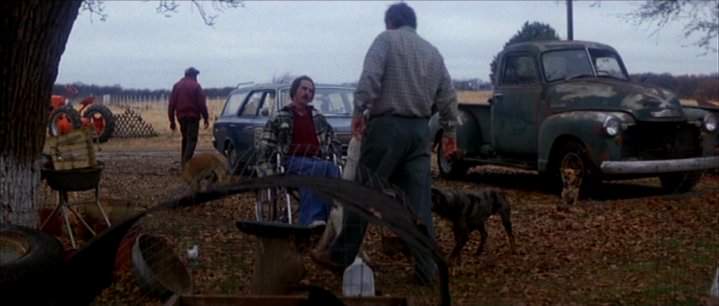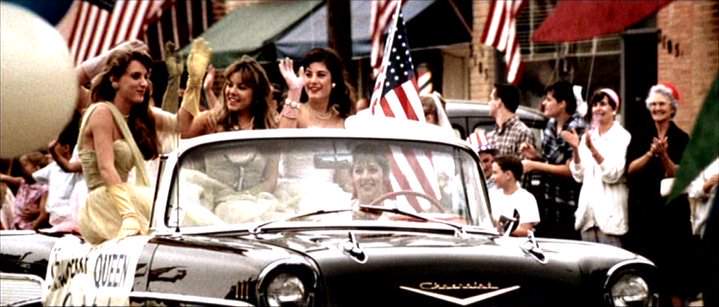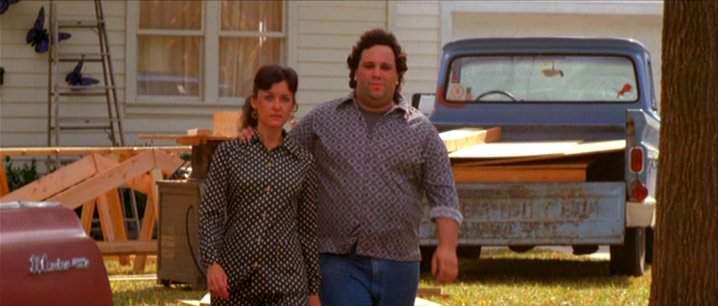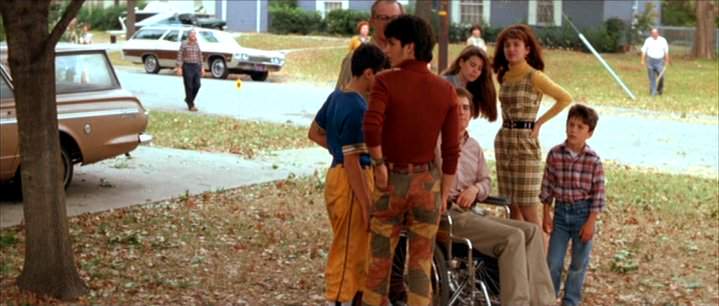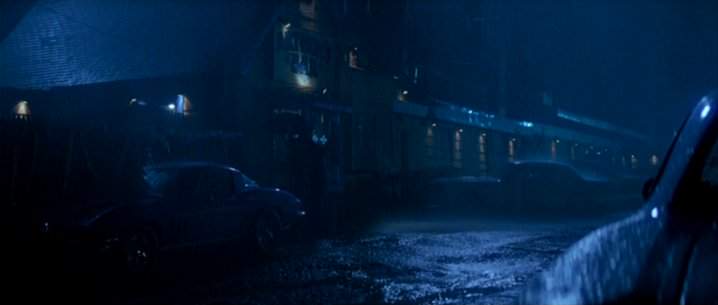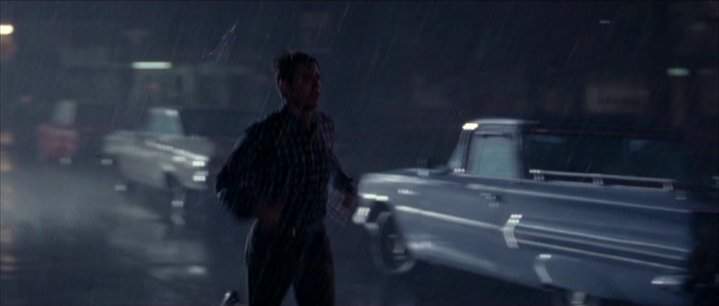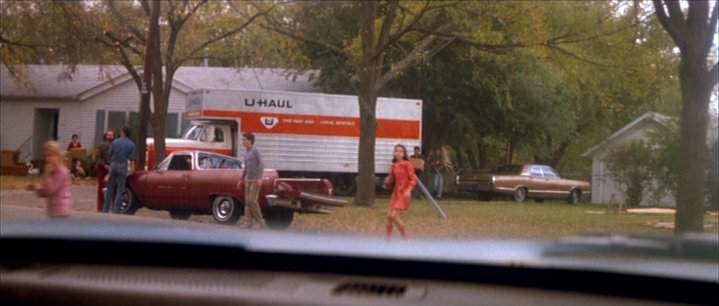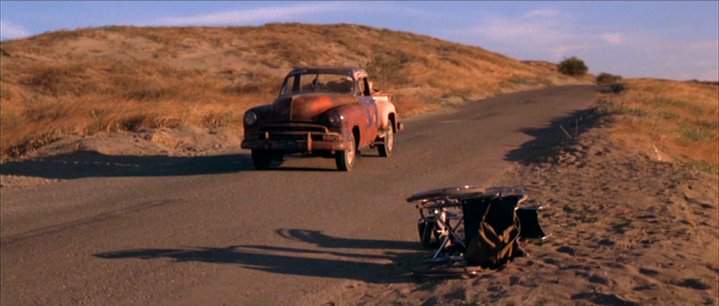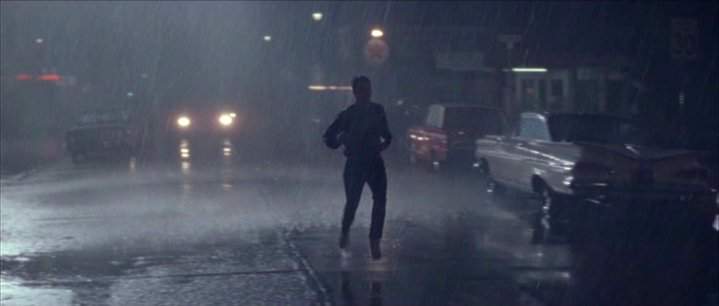Born on the Fourth of July 1989
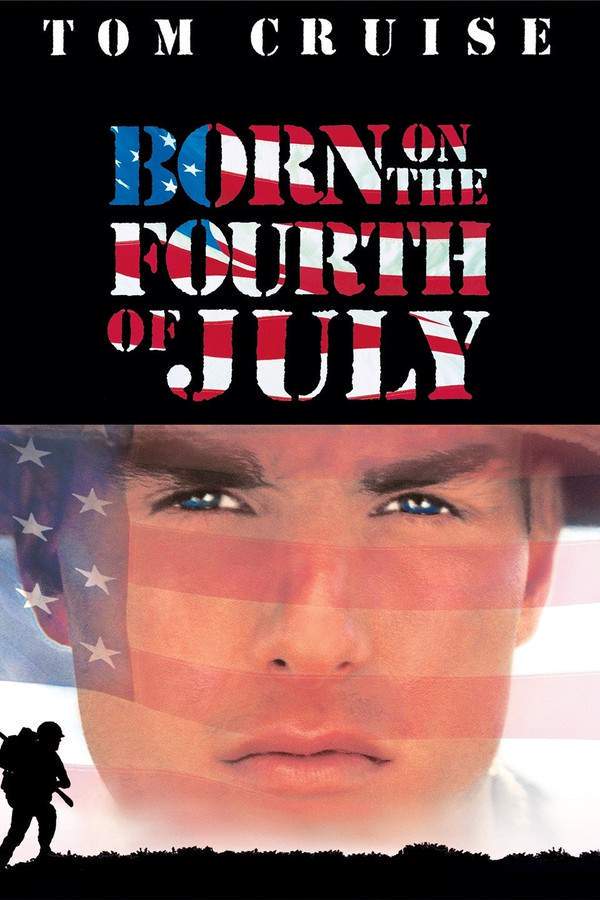
A fervent patriot's beliefs are shattered when he sustains paralyzing injuries during the Vietnam War. Ron Kovic struggles to reconcile his ideals with the harsh realities of conflict and his own physical limitations. As he confronts a changing nation, his disillusionment evolves into a powerful voice, advocating for the rights and recognition of veterans and challenging the political landscape.
Does Born on the Fourth of July have end credit scenes?
No!
Born on the Fourth of July does not have end credit scenes. You can leave when the credits roll.
Meet the Full Cast and Actors of Born on the Fourth of July
Explore the complete cast of Born on the Fourth of July, including both lead and supporting actors. Learn who plays each character, discover their past roles and achievements, and find out what makes this ensemble cast stand out in the world of film and television.
External Links and Streaming Options
Discover where to watch Born on the Fourth of July online, including streaming platforms, rental options, and official sources. Compare reviews, ratings, and in-depth movie information across sites like IMDb, TMDb, Wikipedia or Rotten Tomatoes.
Ratings and Reviews for Born on the Fourth of July
See how Born on the Fourth of July is rated across major platforms like IMDb, Metacritic, and TMDb. Compare audience scores and critic reviews to understand where Born on the Fourth of July stands among top-rated movies in its genre.

75
Metascore
7.7
User Score


84%
TOMATOMETER

76%
User Score

8.8 /10
IMDb Rating

70
%
User Score
Take the Ultimate Born on the Fourth of July Movie Quiz
Challenge your knowledge of Born on the Fourth of July with this fun and interactive movie quiz. Test yourself on key plot points, iconic characters, hidden details, and memorable moments to see how well you really know the film.
Born on the Fourth of July Quiz: Test your knowledge on the impactful events and characters from the 1989 film 'Born on the Fourth of July'.
What pivotal event does Ron Kovic's mother support in his life?
Becoming a marine
Attending college
Enlisting in the United States Marine Corps
Moving to a new city
Show hint
Awards & Nominations for Born on the Fourth of July
Discover all the awards and nominations received by Born on the Fourth of July, from Oscars to film festival honors. Learn how Born on the Fourth of July and its cast and crew have been recognized by critics and the industry alike.
44th British Academy Film Awards 1991


42nd Directors Guild of America Awards 1990

47th Golden Globe Awards 1990
Best Motion Picture – Drama


Best Screenplay
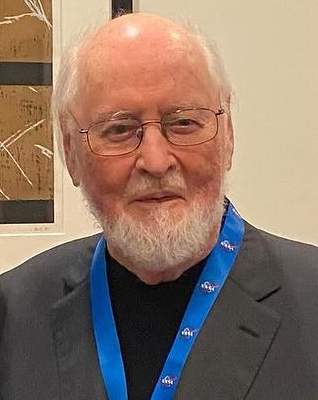
Full Plot Summary and Ending Explained for Born on the Fourth of July
Read the complete plot summary of Born on the Fourth of July, including all major events, twists, and the full ending explained in detail. Explore key characters, themes, hidden meanings, and everything you need to understand the story from beginning to end.
In the sun-drenched streets of Massapequa, New York in 1956, the journey of Ron Kovic (played by Tom Cruise) begins with carefree escapades alongside friends in the local woods. As the following year rolls in, a memorable Fourth of July birthday is celebrated with a vibrant Independence Day parade and heartfelt moments with his family and best friend, Donna. In 1961, the stirring inaugural address of President John F. Kennedy resonates deeply with the now-teenaged Kovic, igniting in him a fervent inspiration to enlist in the United States Marine Corps. Despite the profound support from his mother, his decision to enlist is met with his father’s disapproval, a World War II veteran haunted by the specters of his past. Before heading to recruit training, Kovic cherishes a poignant prom night with Donna, sealing their bond with a tender kiss—an embrace of friendship before the storm of future challenges.
Fast forward to October 1967, Kovic, now a Marine sergeant, finds himself on a reconnaissance mission during his second tour of duty in Vietnam. A tragic sequence of events unfolds when his unit inadvertently kills Vietnamese villagers; amidst the turmoil, he tragically takes the life of Private Wilson. Despite reporting the heartbreaking incident, Kovic faces dismissal from his superiors, who urge him to maintain silence, a burden that weighs heavily on his conscience.
By January 1968, a fierce firefight leaves Kovic severely injured, yet he is miraculously saved by a fellow Marine. However, he emerges from the ordeal paralyzed from the mid-chest down, leading to prolonged rehabilitation at the Bronx Veterans Hospital in New York. Enduring substandard conditions and inadequate care, Kovic feels the crushing weight of despair. In an act of defiance against his medical team’s advice, he attempts to walk again but suffers a grave leg injury that threatens amputation.
As 1969 dawns, Kovic is now confined to a wheelchair, grappling with the profound effects of war-induced depression. During an Independence Day parade, he is unexpectedly asked to deliver a speech but falters, haunted by a cacophony of memories triggered by the cries of a baby in the crowd, which transport him back to the blood-stained battlegrounds of Vietnam. Seeking comfort, he visits Donna in Syracuse, and they reminisce about old times, but they are soon separated amid the chaos of a vigil for the Kent State shooting victims when police intervene.
Amid the lingering effects of intoxication, Kovic finds himself embroiled in a fierce altercation with his mother at their Massapequa home. In an attempt to restore peace, his father sends him to Villa Dulce, a haven for wounded veterans in Mexico. There, Kovic experiences his first sexual encounter with a prostitute, an emotional connection that quickly fades when he witnesses her with another client. Along the way, he forms a bond with Charlie, another paraplegic veteran, and together they decide to leave Villa Dulce but encounter an escalated conflict with a taxicab driver that ends with them stranded roadside. By luck, they are rescued by a passing motorist who returns them to Villa Dulce’s safety.
Kovic’s odyssey continues as he travels to Armstrong, Texas, to pay homage at Wilson’s tombstone, followed by a visit to the Marine’s family in Georgia where he confronts his guilt and seeks forgiveness. While Wilson’s widow, Jamie, struggles to forgive him, his in-laws show more compassion. In 1972, Kovic becomes involved with the Vietnam Veterans Against the War group, making his presence known at the Republican National Convention in Miami, Florida. As Richard Nixon speaks, Kovic expresses his disdain for the war in an interview with a news reporter, igniting outrage among Nixon’s supporters. His defiance leads to his removal and arrest attempts but does not deter his spirit.
Finally, in 1976, Kovic captivates the audience with a powerful address at the Democratic National Convention in New York City, marking his ascent following the publication of his autobiography, wherein he shares the raw realities of war and its lingering consequences.
Uncover the Details: Timeline, Characters, Themes, and Beyond!

Coming soon on iOS and Android
The Plot Explained Mobile App
From blockbusters to hidden gems — dive into movie stories anytime, anywhere. Save your favorites, discover plots faster, and never miss a twist again.
Sign up to be the first to know when we launch. Your email stays private — always.
Watch Trailers, Clips & Behind-the-Scenes for Born on the Fourth of July
Watch official trailers, exclusive clips, cast interviews, and behind-the-scenes footage from Born on the Fourth of July. Dive deeper into the making of the film, its standout moments, and key production insights.
Cars Featured in Born on the Fourth of July
Explore all cars featured in Born on the Fourth of July, including their makes, models, scenes they appear in, and their significance to the plot. A must-read for car enthusiasts and movie buffs alike.
Born on the Fourth of July Other Names and Titles
Explore the various alternative titles, translations, and other names used for Born on the Fourth of July across different regions and languages. Understand how the film is marketed and recognized worldwide.
Articles, Reviews & Explainers About Born on the Fourth of July
Stay updated on Born on the Fourth of July with in-depth articles, critical reviews, and ending explainers. Explore hidden meanings, major themes, and expert insights into the film’s story and impact.
Quick Links: Summary, Cast, Ratings, More

What's After the Movie?
Not sure whether to stay after the credits? Find out!
Explore Our Movie Platform
New Movie Releases (2026)
Famous Movie Actors
Top Film Production Studios
Movie Plot Summaries & Endings
Major Movie Awards & Winners
Best Concert Films & Music Documentaries
Movie Collections and Curated Lists
© 2026 What's After the Movie. All rights reserved.












